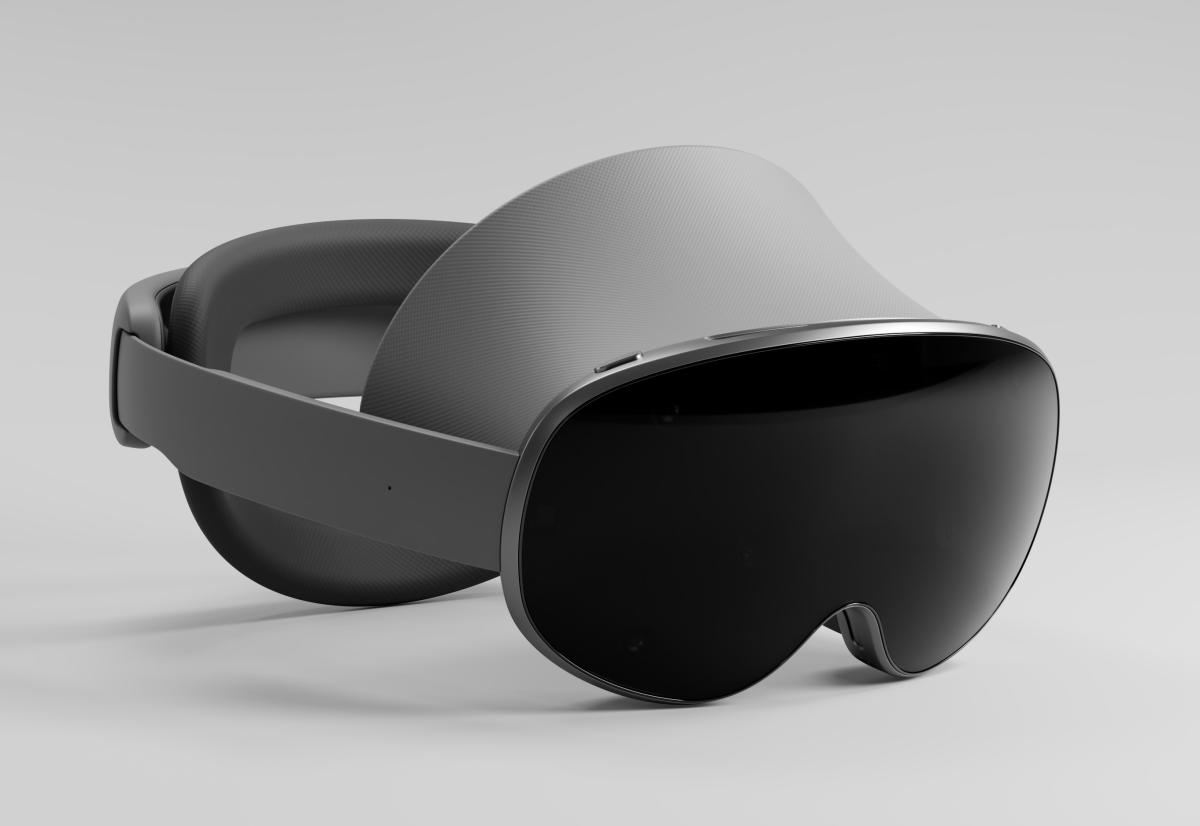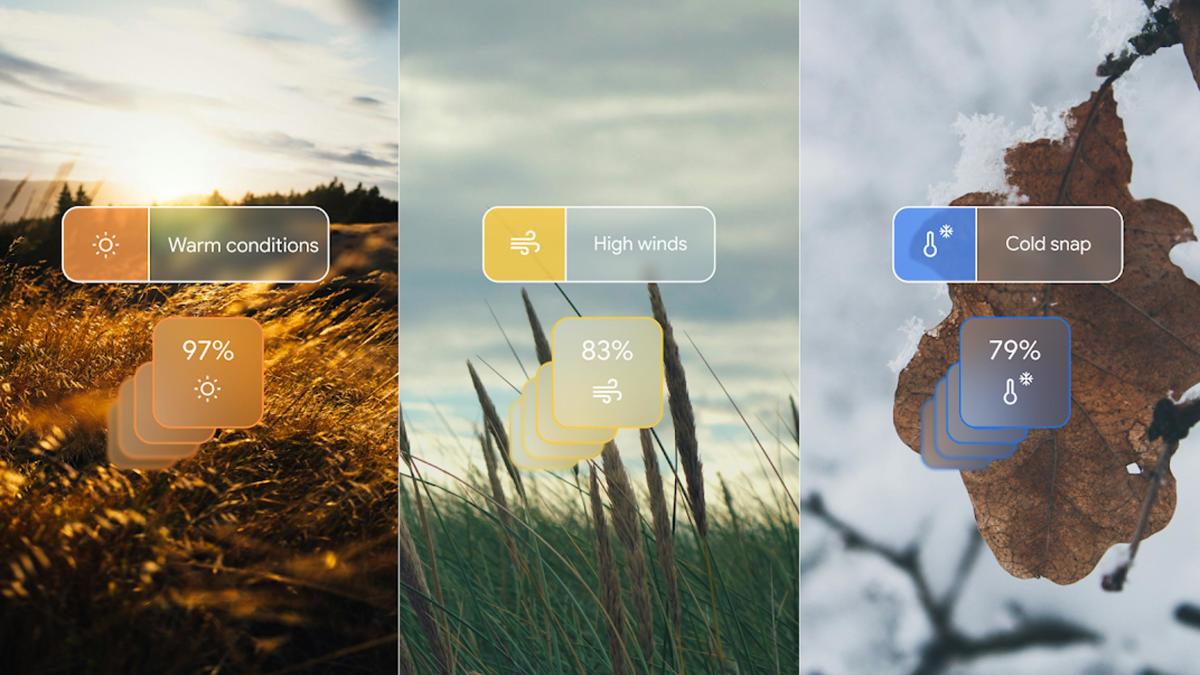

Supercapacitors provide ultrafast response times – specified at 0.001 seconds – and maintain over 85% capacity at –40°C, significantly outperforming lithium-ion batteries in extreme cold.
Outperform how? At being a capacitor? That’s their whole point.
On the energy side, 85% of 29 MW-min is 0.41 MWh. Even if the batteries lose 99% of their capacity at -40 °F, last I checked .42 MWh > 0.41 MWh.
These are two different tools for two different purposes, I’m not sure how you compare their “performance” under this metric.




American House with an EV, all electric, and no solar, I use about 1200 kWh/mo (1.2 MWh/mo) on average. This could only carry me through about 3y. Even if I had access to good public infrastructure I think best I could do is 6y (again, all-electric home).
But I digress. Lithium ion as purely load shifting is a pretty reasonable, I’d argue critical, solution for covering day/night loads, but starts to fall apart completely when it comes to seasonal (summer/winter) loads.
But what makes this plant interesting is the addition of super capacitors. The combo battery/SC plant is less about day/night load shifting and more about providing stability to a shifting grid. As supply and demand grow increasingly decoupled, and we try and shift away from expensive peaker plants always on standby, systems like this can dramatically help smooth grid performance.
~90 MW of peaker capacity is small potatoes currently, but this is a big step towards a more reliable grid future.